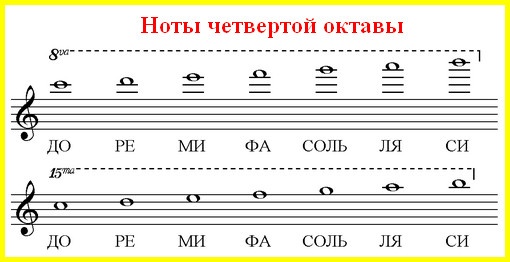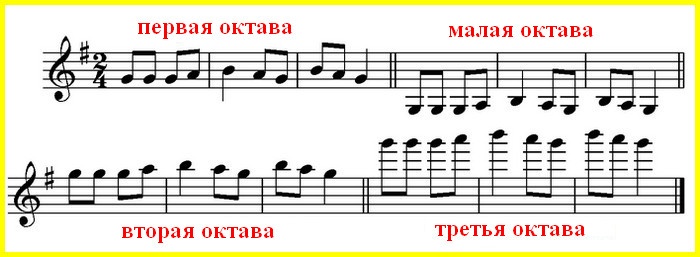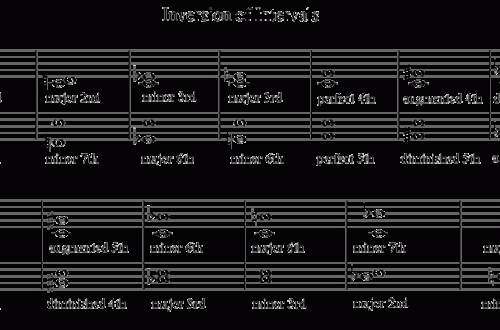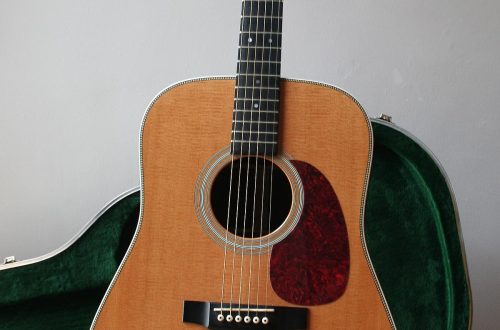
Recording notes of different octaves in the treble clef
Contents
The treble clef is used to write notes in the middle and high musical registers. The treble clef records the notes of the first, second, third, fourth and fifth octaves, as well as several notes from the small octave. What a treble clef looks like, I think everyone is aware. It got its name because it is convenient to record notes from the working tessitura of the violin (from the SALT of a small octave to the highest notes).
The treble clef has a second name – the SALT KEY. It is called so because its location on the stave is tied to the second line, where the note SALT of the first octave is written. Therefore, it is natural that the note SALT is the main note of the treble clef, a kind of reference point on the stave. Indeed, the closest neighbors of the note SA are FA (bottom) and LA (top), they occupy the corresponding position in relation to the note SA and on the stave.

Notes of the first octave in the treble clef
The names of octaves and their location on the piano keyboard are discussed in detail in the material Location of notes on the piano keyboard. The notes of the first octave occupy the main space (the first three lines) of the stave in the treble clef.

- The note DO of the first octave is written on the first additional line.
- Note PE of the first octave is written under the first main line of the staff.
- The note MI of the first octave, like a bead on a string, is impaled on the first line of the staff.
- Note F of the first octave should be written between the first and second lines of the stave.
- The note SALT of the first octave takes its crown place on the second line.
- Note LA of the first octave is located between the second and third lines.
- The SI note of the first octave is written on the third line.
Notes of the second octave in the treble clef
Notes of the second octave occupy the second, upper half of the stave, if written in the treble clef.

- Note DO of the second octave occupies the gap between the third and fourth lines.
- The note PE of the second octave is planted on the fourth line of the staff.
- Note MI of the second octave is located in the last gap – between the fourth and fifth lines.
- Note FA of the second octave, its place is the fifth line, it sits firmly on it.
- The note SALT of the second octave stuck to the fifth line, it is written above it.
- Note LA of the second octave, its address is the first additional line from the top.
- The SI note of the second octave is written above the first additional line from above.
Notes of the third octave in the treble clef
Notes of the third octave can be written in two ways – either on the additional rulers on top, or in the same way as the notes of the second octave, only with a special sign – OCTAVE DOTTED (dashed line with the number eight).
An octave dotted line has the following effect: all notes that it covers are played an octave higher. The octave dotted line is a very convenient means of facilitating notation with a note – firstly, thanks to it, the number of additional lines that make it difficult to read notes is reduced, and secondly, with the help of an octave dotted line, musical notation becomes more economical, compact, more tidy.

If, nevertheless, the notes of the third octave are written without the use of an octave dotted line, but with the use of additional rulers, then:
- The note DO of the third octave is written on the second additional line from the top.
- The note PE of the third octave is located above the second additional ruler.
- The note MI of the third octave occupies the third additional line from the top.
- The note FA of the third octave is placed above the third additional line.
- The note SALT of the third octave is strung on the fourth additional line from above.
- The note LA of the third octave is written above the fourth additional line.
- The SI note of the third octave should be looked for on the fifth additional line from the top.
Notes of the fourth octave in the treble clef
If you write notes of the fourth octave on additional rulers, then there will be a huge number of these same auxiliary rulers. It’s very inconvenient, so they don’t do it. When you need to write notes of the fourth octave, octave dotted lines are used – simple if it is placed above the notes of the third octave, or double if above the notes of the second octave.
A double octave dotted line is exactly the same dotted line, only with the number 15. All notes that are located below such a line must be played a whole two octaves higher.

Small octave notes in treble clef
From the small octave in the treble clef, mainly only three notes are recorded – SOL, LA and SI. They are written on auxiliary rulers added below:

- The note SI of a small octave can be written under the first additional one from the bottom.
- The note LA of a small octave in the treble clef is written on the second additional line from the bottom.
- The note SOL of a small octave is located under the second additional one at the bottom of the stave.
In general, the most common, frequently occurring notes of small, first, second and partially third octaves are recorded on a staff with a treble clef. Notes that require a large number of additional lines to record are relatively rare.
To better memorize notes in all octaves, you need to practice more in reading and rewriting them. For example, you can rewrite some melodies in different octaves (for example, given a melody in the first octave, rewrite it in a small, second, third, etc.). Let’s try. Let’s say we take a simple well-known folk song “A Bunny Walks” and rewrite its melody in different octaves.

If you are learning sheet music with a child, then check out this guide – How to learn sheet music with a child? For both children and adults, in order to better master the notes of the treble clef, it will be useful to complete a selection of exercises from G. Kalinina’s workbook. Performing tasks in a simple and fun way, you won’t even notice how you learn all the notes. You can download this set of exercises here – DOWNLOAD EXERCISES!
Dear friends! We hope that this material was at least a little useful to you. If you have any questions, if you have any suggestions for improving the site or for improving this particular article, please unsubscribe in the comments. Your feedback is very important to us!
And finally, we invite you to listen to some good music! Today it will be:
P.I. Tchaikovsky – Waltz of the Flowers from The Nutcracker





